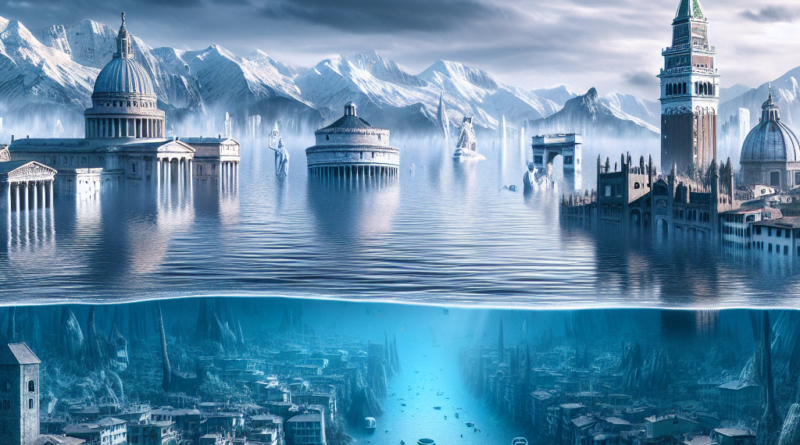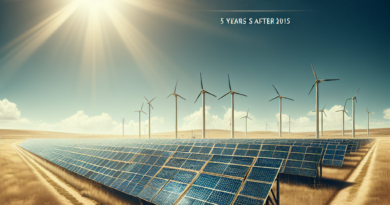Italy: Areas at Risk of Submersion by Water in 200 Years
Rising Sea Levels Pose Threat to Coastal Cities
Due to the rising sea level, once safe coastal areas are now at risk of flooding, leaving residents vulnerable to having their homes inundated.
Global Risk of Flooding
Recent data indicates that within the next 200 years, at-risk areas worldwide could expand by several kilometers, potentially affecting approximately 93 million people.
Which areas in Italy are at risk?
Italy’s Vulnerable Regions
According to a report published in October 2021, regions such as the entire Po Delta, Venice, parts of Friuli-Venezia Giulia including Monfalcone, and extending down to Ravenna and Rimini, could be submerged below sea level within approximately 200 years, based on a projected global temperature increase of 3.8°C compared to pre-industrial levels.
Coastal areas in Tuscany from Marina di Carrara to Livorno, expanding inland towards Pisa, and a significant portion of the Grosseto province are also at risk.
Additionally, areas in Lazio, including Montalto Marina, Fiumicino, Ostia, Ardea, and much of the Latina province could face flooding threats.
Impact on Southern Italy
Heading further south along the Tyrrhenian coast, northern areas of Campania, Naples, and regions near Pompeii, as well as the coast from Salerno to Agropoli, are also projected to be affected.
The northern coasts of the Gulf of Taranto, parts of the Apulian and Calabrian coasts, and in Sicily, Catania down to Agnone Bagni are also at risk.
Climate Central’s Findings
Climate Central’s interactive map and report are based on state-of-the-art climate predictive models projecting sea level rise under various greenhouse gas emission scenarios.
The report highlights the risk posed by rising sea levels if global warming reaches 3°C, potentially affecting around 10% of the world’s population (over 800 million people) and submerging entire surface areas, particularly in Asia.
Causes of Rising Sea Levels
The global warming phenomenon has increased sea levels by approximately 20 centimeters since 1880, with a rapidly accelerating rate of rise.
The ongoing carbon emissions are projected to warm the planet by an additional 1.1°C, which could lead to a global sea level increase of around 1.9 meters over the coming centuries.
The IPCC’s Climate Change 2021 report predicts a global temperature increase of 1.5-1.6°C by 2030 compared to pre-industrial levels under various greenhouse gas emission scenarios.
Adapting to the Changing Environment
Despite the concerning outlook, there is hope.
Meeting the ambitious goals set in the Paris Climate Agreement could significantly reduce the exposure of vulnerable areas, potentially halving the impacts and avoiding the need for untested defensive infrastructures or mass coastal evacuations.




